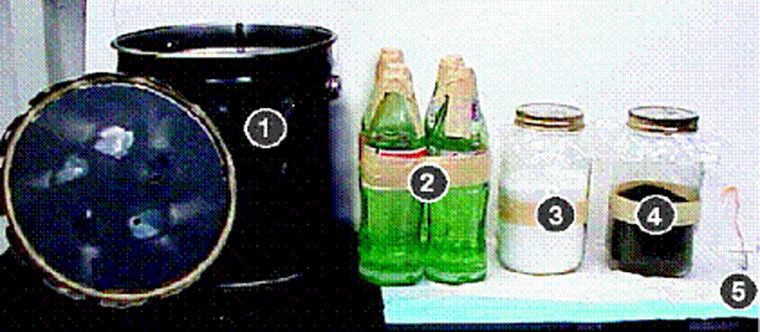A reported plot by al-Qaida terrorists to kill thousands of New Yorkers by spreading cyanide gas in the subway underscores the folly of a Homeland Security Department cutback of funds for major cities, a Democratic lawmaker said Sunday.
“This is just more evidence that what Homeland Security did to us was terribly misguided and just wrong,” Sen. Charles Schumer said. “It shows that New York is the prime target, and shows the importance of prior intelligence and of manpower.”
New York lawmakers, and state and municipal officials, have pledged efforts to reverse a recent decision by the federal agency to cut New York’s federal anti-terror allocations by 40 percent, some $83 million less than the $207 million it received in 2005.
The cyanide plot is described in a new book, “The One Percent Doctrine,” by author Ron Suskind and excerpted in the current issue of Time magazine.
According to the book, U.S. intelligence agencies learned the scheme involved the use of a crude but effective device made of Mason jars that would release the deadly gas through several subway cars, but was called off, 45 days before it was set to occur, by Osama bin Laden’s second-in-command, Ayman al-Zawahri.
‘A serious source’
Schumer, a leading proponent in Congress of tighter security measures for the nation’s ports and transportation systems, quoted security authorities, “both federal and local,” as saying the al-Qaida plan to spread deadly gas in the subways in 2003 was considered a valid threat.
“It came from a serious source. It was never corroborated, but it was certainly enough to be taken seriously, and law enforcement, including the Joint Terrorism Task Force, worked together, taking all the precautions,” Schumer said in a telephone interview.
He said he could not vouch for all details outlined in the book but “the basic thrust of the story seems to be true. There were only inklings about it at the time.”
Paul Browne, a New York Police Department spokesman, said Saturday that authorities had known about the planned attack. “We were aware of the plot and took appropriate precaution,” he said.
FBI spokesman Bill Carter said the bureau would have no comment on the excerpted material, and on Sunday’s CBS’ “Face the Nation,” White House press secretary spokesman Tony Snow said: “I don’t want to confirm or deny this particular story.”
The book says U.S. officials had discovered plans for the device in the computer of a Bahraini arrested in February 2003, and were able to build a working model.
Shown the model, the author says, President Bush ordered government alerts, and when reports said al-Zawahri had canceled the plan, Bush worried that something worse —“more destructive and more disruptive than 9/11” — might be coming, according to Suskind.
An informant revealed the cyanide plot after becoming unhappy with al-Qaida’s leadership, linking the plot to the terrorist group’s top agent in Saudi Arabia, according to the book. The agent was later killed in a shootout with Saudi authorities.
The plan to attack the subway was one of at least four that were exposed or reported in the past decade.
In July 1997, police acting on a tip from an Egyptian immigrant wounded and captured two men, both of Palestinian background, in a plot to suicide-bomb Brooklyn’s busy Atlantic Avenue subway station. One drew a life sentence, the other was convicted of having a fake immigration card.
Extra security
Last October, police flooded subways with extra security after receiving intelligence reports of a suspected bomb plot using baby carriages. Although news organizations later suggested the information was a hoax, Mayor Michael Bloomberg and Police Commissioner Ray Kelly said it was credible enough to merit taking action and alerting the public.
In May, a federal jury in Brooklyn convicted a 23-year-old Pakistani immigrant, Shahawar Matin Siraj, of plotting to bomb a Manhattan subway station.
To increase subway security, more than 1,000 surveillance cameras are now in use, with 2,000 more planned by 2008 if the funds are available to install them. The recent cuts by Homeland Security may force a freeze on other city surveillance camera plans, Kelly has said.
Over the protests of some civil rights advocates, police subject passengers to random searches of bags and backpacks. Until means are developed for detecting chemical, biological or nuclear substances, Schumer said, “intelligence is the only way of finding out ahead of time if a threat exists.”
The excerpt of Suskind’s book was to appear in Time’s issue hitting newsstands Monday. Suskind is a former Pulitzer Prize-winning reporter for The Wall Street Journal.
